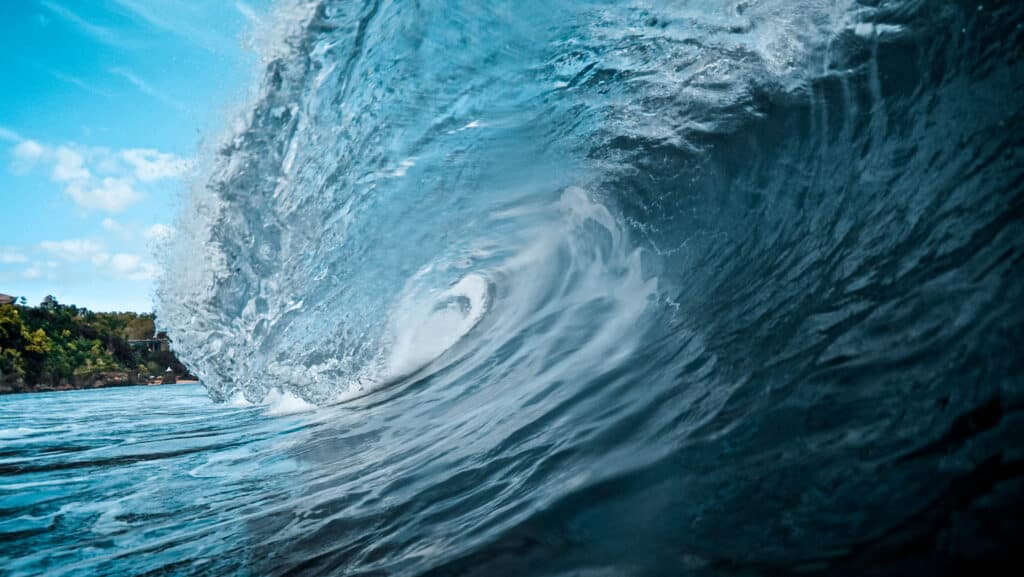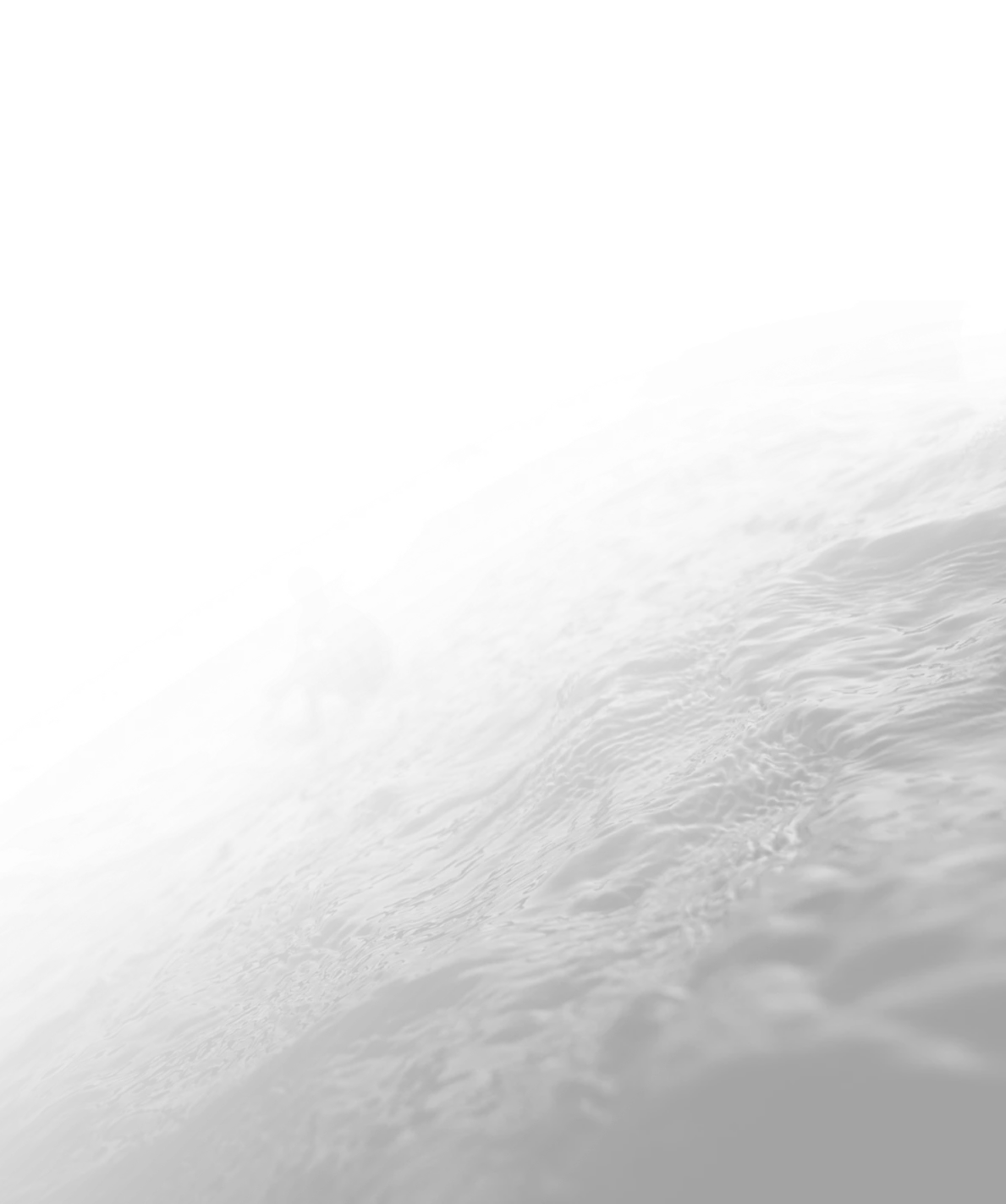Reading a surf report is crucial for surfers to find the best waves, plan surf trips in advance, and stay safe based on their capabilities. Understanding how to read a surf report is key to knowing when and where the waves will be good for surfing or SUP surfing.
Key elements of a surf report include information about wave height, swell direction, wind speed and direction, tides, and water temperature. By analysing these elements, surfers can gain valuable knowledge about the current and future surf conditions.
For example, knowing the wave height and swell direction can help surfers determine if the waves will be suitable for their skill level and preferences. The wind speed and direction can also impact the quality of the waves and whether or not it is safe to surf. Tides and water temperature are important for planning surf trips and deciding what gear to bring.
Why should you learn to read a surf report?
Understanding surf conditions before heading out can make a significant difference in the overall surfing experience. By being aware of factors such as wave size, swell direction, tide, and wind, surfers can better prepare for their session and make informed decisions about where and when to paddle out. This understanding not only enhances safety by avoiding risky conditions but also allows surfers to maximize their time in the water, catching more waves and improving their skills. With the ability to read surf conditions, surfers can adapt to the ever-changing nature of the ocean, ensuring a more enjoyable and successful surfing session.
What is a surf report?
A surf report is a detailed overview of current and forecasted wave conditions at a specific surf spot or area. It is typically presented in the form of a written report, often accompanied by visuals such as charts or graphs, and may also be available as a video report. The data included in a surf report is usually sourced from buoys, weather stations, and experienced surfers or local surf shops.
A surf report typically includes the swell size, wave height, wind direction, and tide chart. Swell size refers to the height of the waves as they approach the coast, while wave height measures the actual height of the breaking waves. Wind direction plays a crucial role in determining the quality of surf, as offshore winds create clean and organized waves whereas onshore winds result in choppy and messy conditions. The tide chart indicates the current and future tide levels, which heavily influence wave quality and shape.
Understanding these elements allows surfers to predict wave conditions and interpret the forecast table. For example, a surf report showing a large swell size and high wave height combined with offshore winds and an incoming tide generally indicates favorable surfing conditions.

Surf reports are often compiled from data collected by buoys, offshore sensors, and weather stations. They are presented online through various platforms such as surf forecasting websites, apps, and social media, providing real-time updates and long-term forecasts for surfers to plan their outings.
Let us now look at some important aspects that you can familiarise yourself with when learning to read a surf report:
Swell and Wind Direction
When determining surf conditions, it’s essential to consider both swell and wind direction.
Swell refers to the long-period waves that are created by distant storms, and it plays a crucial role in the quality of the waves. This includes the wave height, period, and direction, which all affect the surfing experience.
Wind direction is equally important, as it has a direct impact on wave quality. Onshore winds, which blow from the ocean towards the shore, tend to create messy and choppy waves. These types of winds can make surfing difficult and less enjoyable. On the other hand, offshore winds, which blow from the land towards the ocean, tend to clean up and shape the waves, resulting in better wave quality for surfing.
When analyzing surf conditions, it’s important to consider the size and direction of the swell, as well as the wind direction and speed. Other key factors to take into account include tides, water depth, and the presence of any natural or man-made obstacles. By paying close attention to these factors, surfers can make more informed decisions about when and where to catch the best waves.
Surf With Rapture Surfcamps
Impact of Wind Direction on Wave Quality
The impact of wind direction on wave quality is a crucial factor in the world of surfing and water sports. The direction from which the wind is blowing can significantly influence the size, shape, and quality of waves. Understanding how wind affects waves is essential for surfers, sailors, and water sports enthusiasts as it helps in predicting the conditions of the water. Wind direction plays a pivotal role in determining whether the waves will be clean, powerful, and rideable or choppy, disorganized, and difficult to navigate. By examining the relationship between wind direction and wave quality, individuals can make more informed decisions about when and where to participate in their favourite water activities.
Size and Height of Wave
Wave size and height are crucial factors for surfers when assessing the conditions at a surf break. Wave size is typically measured in feet or meters, indicating the vertical distance between the trough and crest of a wave.
Swell height, on the other hand, refers to the average height of the highest one-third of waves in a given area, providing a more consistent measurement of wave size.
Primary swells are generated by local winds and tend to have a shorter period and lower consistency, while secondary swells, often generated by distant storms, produce longer period waves with more consistent and powerful surf.
Understanding the difference between these swells enables surfers to predict the dynamics of the waves at a specific surf break, helping them choose the right board and technique for the conditions.
By knowing the wave and swell height, surfers can anticipate the power and shape of the waves, allowing them to plan their approach and maneuvers accordingly. This information also helps surfers assess safety risks and determine the best time to catch the most favorable waves for their skill level. Therefore, understanding wave and swell height is essential for maximizing the surfing experience at any given surf spot.
Differentiating between Wave Size and Wave Height
Wave size refers to the overall scale of the waves at a surf spot, taking into account the largest waves in a set and the average size of the waves. Wave height, on the other hand, refers to the vertical measurement from the trough to the crest of a wave.
Wave size is typically estimated by experienced surfers based on their observation of the waves, while wave height is measured using specialized equipment such as buoys or wave height sensors.
Swell quality also significantly impacts wave size, as it refers to the consistency and power of the waves. A higher quality swell will result in larger and more powerful waves, contributing to the overall wave size at a surf spot.
Understanding the differences between wave size and wave height is crucial for surfers, especially when traveling to different surf spots. It helps them accurately assess the conditions and choose the right equipment for the waves they will encounter. Key points to consider for accurate surfing forecasts include understanding the measurement methods for wave height, considering the impact of swell quality, and comparing the estimated wave size at different surf spots.

Significance of Wave Height for Surfers
Wave height is a critical factor for surfers as it directly impacts the quality of their surfing experience. Wave height is typically measured from the trough (lowest point) to the crest (highest point) of a wave. For surfing, a good wave height generally ranges from 3 to 6 feet, providing enough energy for surfers to catch and ride a wave. Swell quality, which refers to the consistency and power of the waves, is also essential for determining the overall surfing conditions.
Wave height can be measured using various methods, including using buoys, satellite altimetry, or visual observations. When analyzing wave height for surfing, it is important to consider the swell period, which measures the time it takes for successive wave crests to pass a fixed point. A shorter swell period typically results in choppier, less organized waves, while a longer swell period usually indicates smoother, more powerful waves that are preferred by surfers.
Identifying Wind Swells in the Report
When identifying wind swells in the surf forecast, it is important to look for information on offshore swell and meteorological data. Pay close attention to the direction and speed of the wind, as this can greatly affect the surf conditions. Strong onshore winds can create messy and choppy waves, while offshore winds can help to clean up the surf and create more favorable conditions for surfing. Take note of the time of day when the winds are strongest and weakest, as this can impact the surf experience.
The significance of wind speed in relation to surfing conditions is crucial. Higher wind speeds can create more challenging conditions for surfers, impacting their balance and overall session experience. When identifying wind swells, key factors to consider include wind direction, wind speed, and the time of day. Offshore swell and meteorological data are essential in understanding how the wind will impact the surf conditions. By paying attention to these factors, surfers can better anticipate and prepare for their surf sessions.
Learn surfing with the best with surf lessons in Bali with Rapture Surfcamps. Learn how to ride the waves with our certified instructors at Padang Padang and Greenbowl. Book your surf lessons in Bali today!
Reach us for any questions regarding the surf lessons and camps here.
FAQs
A surf report is a forecast that provides information about the current and expected wave conditions at a particular surf spot. It includes details such as wave height, swell direction, wind conditions, tide times, and sometimes even water temperature.
Learning how to read a surf report is crucial for surfers as it helps them understand when and where the best waves will be. By interpreting the information in a surf report, surfers can plan their surfing sessions more effectively and increase their chances of finding optimal conditions.
The key elements of a surf report include:
Wave Height: The size of the waves, usually measured in feet or meters.
Swell Direction: The direction from which the waves are coming.
Wind Conditions: The speed and direction of the wind, which can greatly affect wave quality.
Tide Times: The times of high and low tide, as tides can impact wave shape and size.
Wave Period: The time it takes for successive waves to pass a fixed point, measured in seconds.
Water Temperature: The temperature of the water, which can influence wetsuit choice and comfort.
Surf reports are commonly available on various websites and mobile apps dedicated to surfing, as well as on local surf shop websites. Additionally, some weather websites and marine forecasting services provide surf reports for popular surf destinations.
Wave height refers to the vertical distance between the trough (bottom) and the crest (top) of a wave. In surf reports, wave height is typically measured in feet or meters. It’s important to note that the reported wave height may not always directly correspond to the actual size of the waves, as factors like swell period and local conditions can affect wave perception.
Swell direction indicates the direction from which the waves are originating. Understanding swell direction helps surfers determine the angle at which waves will break on a particular coastline or surf spot. Different swell directions can produce different wave shapes and quality, so knowing the swell direction can help surfers choose the best spot for the conditions.
Wind conditions play a significant role in shaping waves and determining their quality for surfing. Offshore winds (blowing from the land toward the ocean) generally create cleaner, more organized waves, while onshore winds (blowing from the ocean toward the land) can cause waves to become choppy and messy. Cross-shore winds blow parallel to the shoreline and can have varying effects depending on their angle and strength.
Surf reports provide valuable insights into current and expected wave conditions, but like any weather forecast, they are not always 100% accurate. Wave conditions can be influenced by many factors, including local bathymetry, coastal geography, and microclimate variations. Surfers should use surf reports as a guide but also rely on their own observations and experience when assessing conditions.
To improve your ability to interpret surf reports, spend time studying different reports and comparing them to actual surf conditions. Take note of how wave height, swell direction, wind conditions, and tide times correlate with the surfing experience at different spots. Over time, you’ll develop a better understanding of how these factors influence wave quality and surfing conditions.


